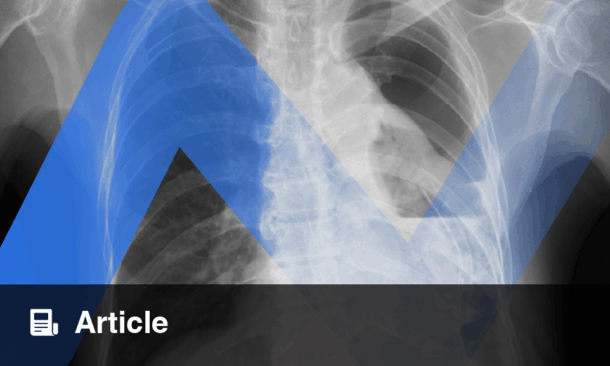BACKGROUND AND AIMS
The MammaPrint® (MP) 70-gene test is utilised in personalised treatment planning for patients with early-stage breast cancer (EBC) with either node-positive or node-negative disease and categorises tumours as high risk (MP-HR; MP index: –1–≤0) or low risk (MP-LR; MP index: >0–+1).1 A German validation study using samples from the Patients Tumor Bank of Hope (PATH) retrospectively determined the concordance between treatment recommendations based on MP and clinical risk classifications valid at the time of diagnosis. In the PATH study population, MP would have resulted in altered treatment advice for adjuvant systemic therapy in 40% of patients.2 In this analysis, the authors present the prognostic value of MP at 10 years of follow-up in the PATH cohort.
MATERIALS AND METHODS
Tumour samples from 140 German patients diagnosed with Stage I and II EBC between November 2005 and April 2008 were classified by MP as MP-LR or MP-HR for distant relapses. Patients were treated based on clinical risk assessment and the St. Gallen guidelines, which were valid at the time of diagnosis.3 The authors collected 10-year outcome data from 117 patients and assessed overall survival (OS) based on MP risk classification in a retrospective cohort analysis. Differences in 10-year OS according to MP were determined for the following subgroups: lymph node-negative versus lymph node-positive study population; and study population treated with chemotherapy (CT) +/- endocrine therapy (ET) versus ET only. Differences in OS were assessed by Kaplan–Meier analysis and log-rank test.
RESULTS
In the cohort of 117 patients, MP identified 67 (57.3%) MP-LR and 50 (42.7%) MP-HR tumours. The 10-year OS was 93.4% in the MP-LR group and 71.2% in the MP-HR group. The OS in the lymph node-negative population (n=79) was 93.3% in the MP-LR group and 89% in the MP-HR group (p=0.558). The 10-year OS in the lymph node-positive population (n=38) was 93.3% in the MP-LR group and 40.4% in the MP-HR group. Among 117 patients, 95 received adjuvant systemic therapy. Out of 67 patients with MP-LR, 29 (43.3%) were treated with CT and ET and 29 (43.3%) only received ET. The OS in the CT+ET group was 96.3 % and 92.5% in the ET only group, respectively. Within the MP-HR group, 14 out of 50 patients (28%) were not treated with CT. The OS in the CT+ET group was 90.9%, whereas the OS in the ET only group was 61.5% (p=0.052).
CONCLUSION
In the 10-year follow-up of the German PATH cohort, patients with a MP-LR had an excellent OS at 10 years. Survival within the MP-LR group was independent of nodal status and treatment, and in contrast, nodal status and treatment with CT played a significant role for survival in patients with MP-HR.
Considering that treatment planning was at the discretion of the physician, MP could have been of further assistance in treatment planning for 43% (n=29) of patients with MP-LR who were treated with CT, allowing them to forgo this treatment and its associated adverse effects. Similarly, for the 28% (n=14) of females with MP-HR who were treated with ET alone, MP could have provided important information for CT planning.
These results from a German cohort confirm the ability of MP to correctly predict long-term outcomes and to guide treatment decisions.








